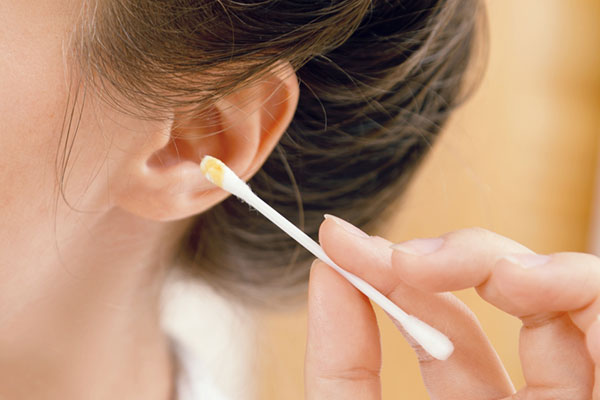Earwax

Cerumen (commonly known as earwax) is the secretion of ear canal, containing grease and anti-bacterial enzyme. It protects the skin of the ear canal, assists in cleaning and lubrication, and also provides protection against bacteria, fungi and insects.
Cerumen glands are found in the skin lining of the outer portion of the ear canal. Earwax is, therefore, made in the outer ear canal. As the ears are self-cleaning, so the earwax and dead skin cells will slowly move from the eardrum to the ear opening and there is no need to try to clear earwax with any implement. Moreover, opening and closing your jaw from time to time can help remove the earwax from the ear canal.
Using ear picks or cotton swabs other hard objects may push the earwax deeper into the canal, thus causing blockage in the ear canal, leading to discomfort and hearing loss. Picking earwax with unsanitary tools is a common cause for infection of the outer ear. Inappropriate use of cleaning tools can damage the outer ear canal and may even hurt the eardrum and the middle ear.
To avoid earwax blockage, citizens should keep the ear canal dry and clean when swimming or washing hair. You may put earplugs or cotton balls to prevent inflow of dirty water, or dry your ears with dry cloth or cotton ball afterwards. On contrary, citizens should not clean the earwax with ear picks or other hard objects to avoid injury.
Citizens should consult health care personnel immediately when finding any hearing loss and hearing discomfort caused by cerumen obstruction. Your ENT doctor may use a microscope to magnify the view of the ear drum and apply some cerumen softener (i.e. olive oil) to help get the earwax easily removed. When the blockage of earwax occurs deeper into the canal, the doctor can clean them under the microscope, or wipe them away.
*The above information is for reference only, please consult your doctor for detail.

 3405 8288
3405 8288
